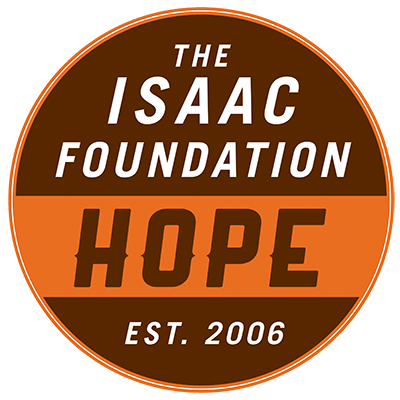Yesterday was an ‘I’m a good mom’ day.
After hearing about a documentary called ‘The Disappearing Male’, the link for which is in the next blog, I got on the phone with BC Children’s Hospital and Cardinal Health, the company who provides tubing for infusions for the hospital. I was and have been for a while now, concerned about what the tubing Trey receives his infusions through is made from. After spending hours getting to the bottom of this (to which Trey’s nurse at the hospital asked: “How do you have time for this when you’re moving on Saturday?” and I responded with: “Once I get scared I cannot rest until I get to the bottom of my fear… so packing can wait.”), I was beautifully and pleasantly surprised.
The tubing Trey receives his infusions in is a low sorbing line made on the outside from PVC, but on the inside from polyethylene, which is a safe plastic. Excellent. Trey’s rescue line, the line which is set up in case of reaction, but not used otherwise, is made from the more typical and standard line used, which is made from PVC. Taken from an earlier post, at which time I found out Trey’s ear moulds are made from PVC, here is a description of PVC:
Phthalates are a class of chemicals used as softeners, or plasticizers, in polyvinyl chloride (PVC, vinyl) products, including children’s toys, decorating and building products, and blood bags, and solvents and other additives in a wide range of consumer products, including cosmetics, personal care products, wood finishes and insecticides.
DEHP and DINP are used in flexible plastic and vinyl toys, some teethers, food packaging and cling wraps, medical devices, backpacks, shower curtains, building materials such as pipes, vinyl flooring and wallpaper, and other products.
DBP and DEP are used in some adhesives, dyesinks, mosquito insect repellents, plastic plumbing pipes, and personal care products such as nail polish, skin moisturizers, and perfumes.
Note: The carcinogenicity of DEP, DBP and DINP to humans is unknown at this time.
Health Effects
Immediate Health Effects
If SWALLOWED, phthalates is Slightly Toxic
If ABSORBED THROUGH SKIN, phthalates is Moderately Toxic
If INHALED (SNIFFED OR BREATHED IN), phthalates is Slightly Toxic
Longterm or Delayed Health Effects
This chemical is likely to cause cancer. It is considered a Probable Carcinogen by the World Health Organization, the U.S. Environmental Protection Agency, or another agency.
Allergen
Suspected Endocrine Disruptor = May interfere with, mimic or block hormones
Development Toxicant = Can interfere with normal development of a fetus or child
Reproductive Toxicant = Can harm reproductive system
What I found out yesterday is that the reason PVC is toxic is because it contains a phalate (plasticizer) called DEHP. However, the PVC used in BC Children’s Hospital is DEHP free. Research into and awareness about the toxicity of plastic is so widespread (which is scary, but wonderful at the same time) that Cardinal Health has made and BC Children’s has purchased a product that is free of the toxic phalate DEHP.
I have been worried for a long time that the tubing Trey receives his infusions in was made from toxic PVC. I am thrilled that I took the time to get to the bottom of this and that the news is excellent!!
